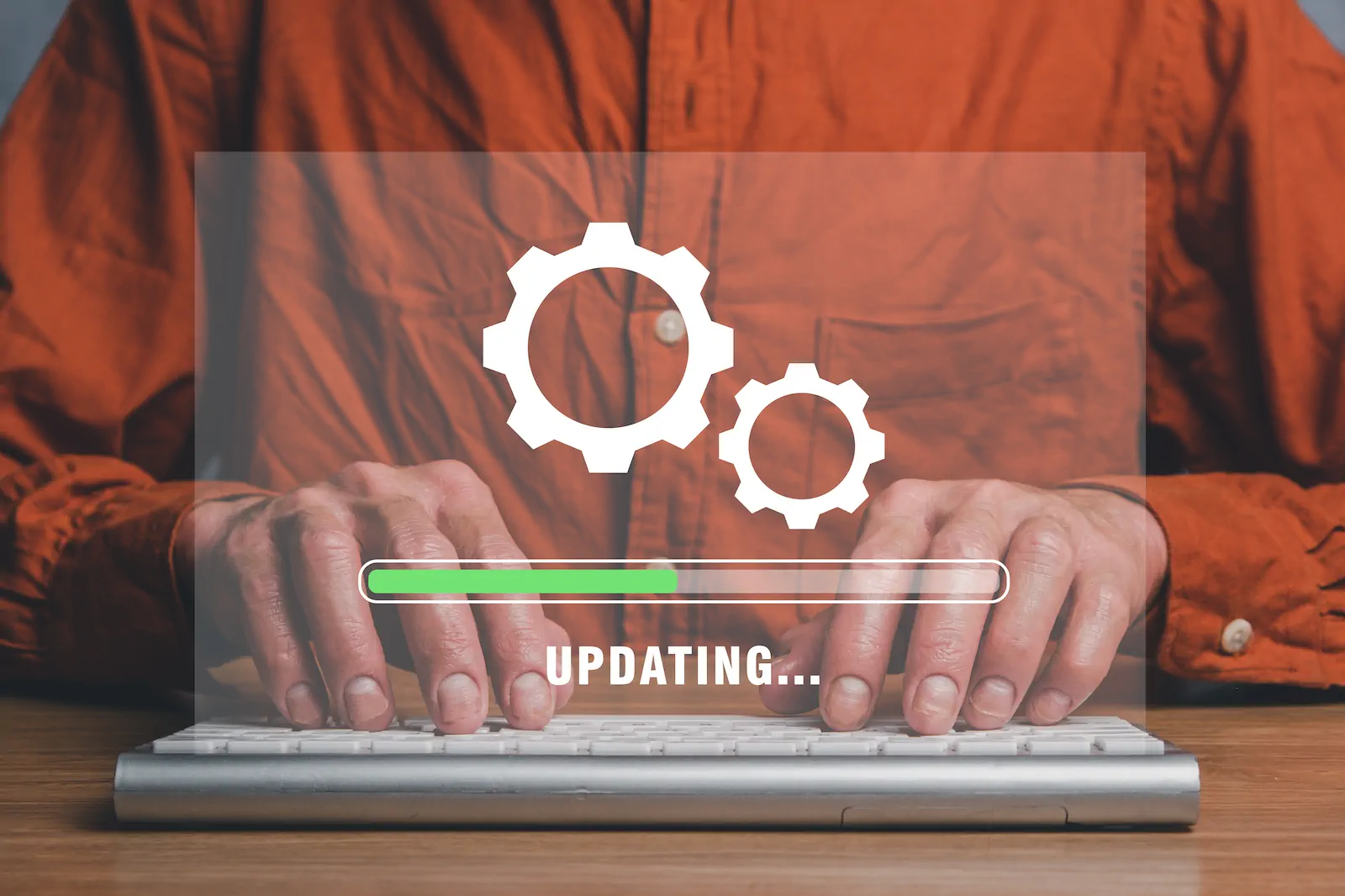Did you know that over 75% of web traffic in Latin America comes from mobile devices? This statistic highlights the importance of optimizing and maintaining your website to attract and retain visitors, both in Mexico and in international markets. Regular maintenance improves user experience, strengthens search engine visibility, and enhances your company’s digital presence. Also, if you’re looking for a professional web design, having a clear maintenance strategy is essential. You can check Search Engine Journal for deeper guidance on these best practices.

Key takeaways
- Run monthly speed and performance tests.
- Keep forms and calls to action up to date.
- Monitor your keywords and SEO rankings regularly.
- Refresh your site’s content to stay relevant.
- Implement security measures and automated backups.

1. Speed and performance
A slow website can cost you visits and business opportunities. Run speed tests with tools like PageSpeed Insights or GTmetrix. Also, meet Core Web Vitals standards: LCP under 2.5s, CLS below 0.1, and FID under 100 ms. These indicators improve user experience and also influence your SEO.
2. Forms, CTAs, and sales flows
The effectiveness of your forms and calls to action (CTAs) is key to turning visitors into customers. Review contact, booking, or checkout forms monthly if you run an online store. Perform full test purchases to catch issues and prevent cart abandonment. This ensures a smooth and secure experience on your site.
3. SEO review and keyword rankings
Ongoing SEO monitoring is essential. Use tools like SEMrush or Google Search Console to track keywords and indexing issues. Check metadata, titles, and image ALT attributes. Consistent SEO maintenance is crucial to stand out—especially if you want to reach new markets. A professional SEO strategy can make all the difference.
💡 Tip: Want strong performance and SEO without the hassle? Explore our plans designed for growing businesses.
4. Content updates
Keeping your website content fresh is essential to attract both users and search engines. Regularly review and update blog posts, product descriptions, and company pages. Replace outdated data with current, relevant information. A consistent update strategy helps eliminate duplicate content and maintain your site’s authority. Also, refresh old images with optimized versions that reinforce your brand identity.
5. Cross-browser compatibility and mobile optimization
Visitors reach your site from many browsers and devices. Make sure your site renders correctly on Chrome, Firefox, Safari, and Edge, and works well on Android and iOS. Mobile optimization is no longer optional—usage grows every year, as noted by studies on sites like Neil Patel. This ensures every user has a positive experience, regardless of device.
6. Security and regular updates
Protecting your site’s security is essential to safeguard customer data and your brand reputation. Update plugins, your CMS, and dependencies monthly to avoid vulnerabilities. Use tools like Wordfence or Sucuri to detect threats. This proactive approach protects your platform and builds user trust.
7. Automated backups
Regular backups are crucial in managing your website. Schedule automatic backups and verify the restore process works properly. This minimizes the impact of attacks or technical failures, ensuring business continuity and reducing future risk.
8. Code cleanup and plugin management
Optimizing code and removing unnecessary plugins improves both security and performance. Periodically review your codebase and remove unused components that can introduce vulnerabilities or slow down load times. A clean site improves user experience and makes future updates easier.
9. Internal and external link checks
Make sure all links on your site work correctly. Broken links hurt user experience and SEO. Use link-checking tools to fix issues and keep navigation clear. A well-maintained link structure strengthens your overall digital strategy.
10. Monitor analytics and conversions
Analyzing traffic and user behavior is essential to fine-tune your digital strategy. Tools like Google Analytics provide detailed data on trends and conversions. Use these insights to spot improvement areas, optimize sales flows, and make decisions based on real results.
How to optimize site security? Best practices and recommendations

Ensuring website security involves practices like regular updates, vulnerability scans, and firewall configuration. Keep your CMS and plugins on the latest versions, use SSL certificates, and consider two-factor authentication. These steps reinforce data protection and user trust. Resources like HubSpot offer helpful guides to go deeper.
Common SEO mistakes and how to fix them

Although SEO is highly effective, common mistakes can limit results: missing metadata optimization, keyword overuse, or poorly implemented internal linking. These issues can lead to penalties and traffic loss. Run periodic SEO audits and adjust your approach as Google’s algorithms evolve. Consult the official Google guidelines to address them.
Frequently asked questions about website maintenance

How often should I maintain my website?
Monthly maintenance is ideal. It keeps your site running smoothly, optimized, and protected against threats.
Which tools can I use to check my site’s speed?
Tools like PageSpeed Insights and GTmetrix provide detailed reports highlighting areas for improvement.
How can I strengthen my website’s security?
Keep your CMS and plugins updated, and use scanners like Wordfence or Sucuri. Also, implement SSL certificates and two-factor authentication to boost protection.
What should I do if I find broken links on my site?
Use link-checking tools to detect issues and fix them as soon as possible. This improves user experience and helps maintain your search rankings.
Website maintenance isn’t just a technical routine—it’s a strategy that ensures security, innovation, and strong performance. From speed optimization to fresh content, each aspect shapes how users perceive your brand. If you want to stay competitive in a constantly changing market, align your site with current best practices.

Don’t risk your site: hire a website maintenance plan with Source Code today
If you want to optimize your online strategy and turn your website into an effective business tool, contact us and tell us how we can help take your project to the next level.
